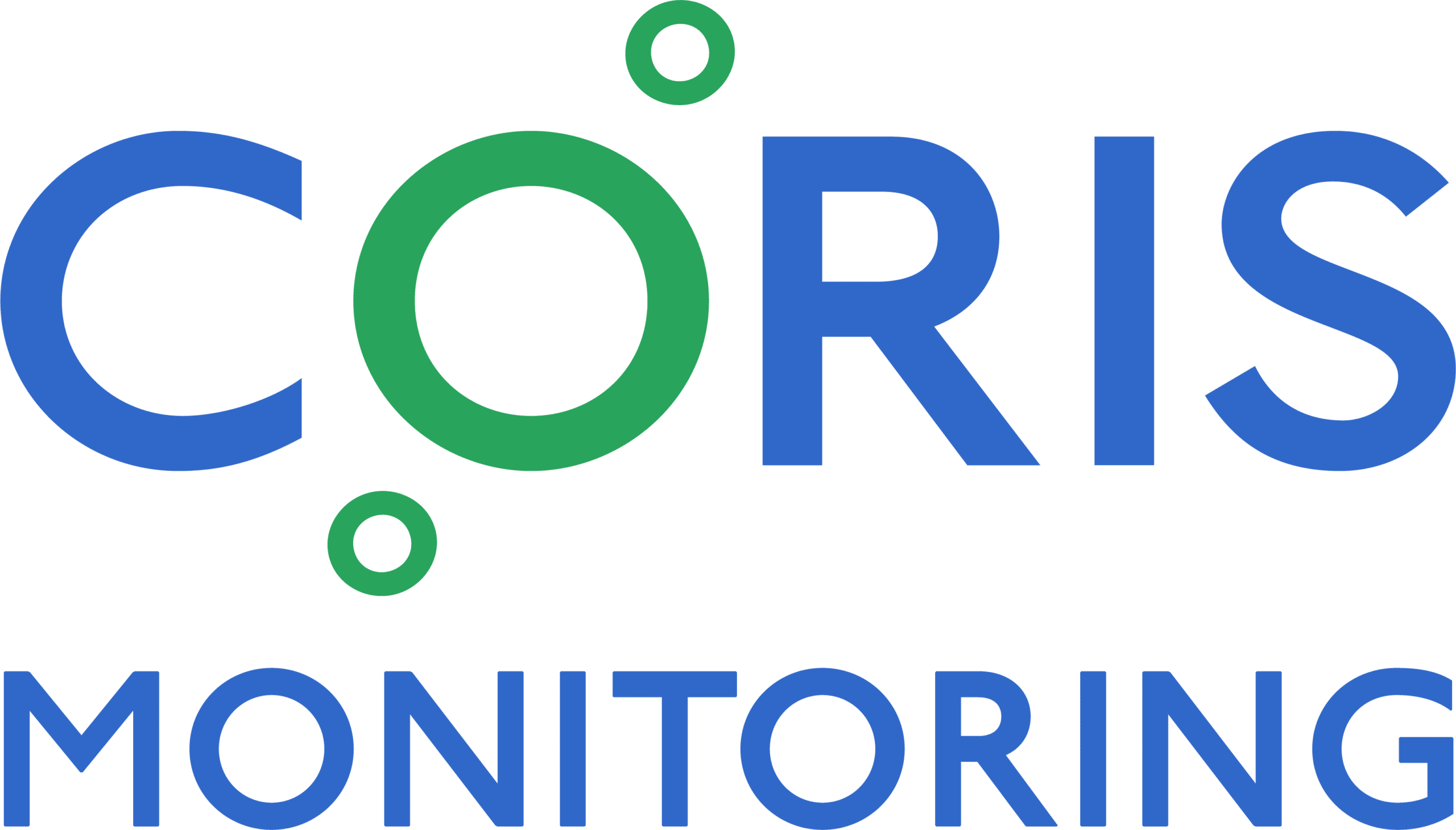Core facilities are often located at large research institutes where researchers “share” expensive instruments, technologies, and special facilities that tend to be too expensive for one lab to justify on their own. Typically structured by technologies where each lab has its own respective research focus, researchers rely on shared scientific equipment like storage freezers to support their unique initiatives. The same can be said for shared core facility services used to monitor the temperature of these freezers.
With the safety of samples and specimens on the line, temperature monitoring is crucial to core facility management. Precise temperature control ensures that the integrity and quality of assets stored within the shared cold storage systems are preserved. It’s a safeguard for research projects from various disciplines conducted within the facility.
As the Director of Business Development & Operations at Rensselaer Polytechnic Institute, Max Morton knows the importance of freezer temperature monitoring firsthand.
“Freezer monitoring is a key aspect of any biotechnology center and, frankly, any research center,” he noted in a recent conversation.
Getting a Lay of the Land: RPI’s Biotech Center
The Shirley Ann Jackson, Ph.D Center for Biotechnology and Interdisciplinary Studies (CBIS) at RPI is a nearly 300,000 square-foot, L-shaped building. The building has four operational floors, which are home to 31 individual research laboratories and nine core research facilities.
Built on a hill, the first floor of the building is subterranean. The building is designed this way for vibration control — specifically to support their MMR core facility, which is rather sensitive to vibrations.
How CORIS Supports Core Facility Management at RPI
While dozens of freezers with CORIS temperature sensors are located throughout RPI’s biotech facility, only one CORIS Gateway is required to cover the entire building. This can be attributed back to the fact that CORIS relies on LoRa wireless technology, as opposed to Wi-Fi or Bluetooth.
Operating at 915 mHz with LoRa’s unique datagram capabilities, CORIS wireless sensors have incredible range and the ability to penetrate multiple building walls and floors. A single CORIS LoRa Gateway can handle hundreds of devices, across multiple floors and even buildings.
“We found the optimal location to put the CORIS Gateway to cover our giant L-shaped building,” Morton said. “And we’ve added more sensors since the initial implementation.”
One of the other benefits of the CORIS LoRa system is that organizations can get up and running faster without having to put “holes” in the firewall. Reliable operations are paired with lower installation costs and fewer IT concerns.
“Our IT department is particularly impressed with the low touch nature of the CORIS system,” Morton added.
CORIS Makes It Easy for RPI to Scale
There’s a lot of scale that is bound to occur in core facility management. CORIS has made it easy for RPI to scale temperature monitoring in a cost-effective manner. And that scalability extends to other parts of the campus too.
“CORIS is unique in the sense that it can connect other buildings,” Morton said. “Through a series of inexpensive CORIS Gateways, I could connect the entire campus if I felt the need.”
Additional CORIS Features To Support Core Facilities
The Teams feature in CORIS is especially useful for core facilities where you have multiple research groups sharing the monitoring system. Lab managers and administrators can set up smaller groups within the global CORIS account, so a research staff member only receives alerts for freezers important to them. This simplifies day-to-day operations, as well as customized reporting by research groups.
CORIS also offers billing by department or research group. While this promotes financial transparency in core facilities, it also streamlines the tracking of grant funds and accommodates various billing models to suit the needs of different groups.
Interested in investing in CORIS for your core research facility? Request a demo. You’ll see firsthand how our system keeps your centralized shared core facilities monitored in an intuitive, efficient way.





